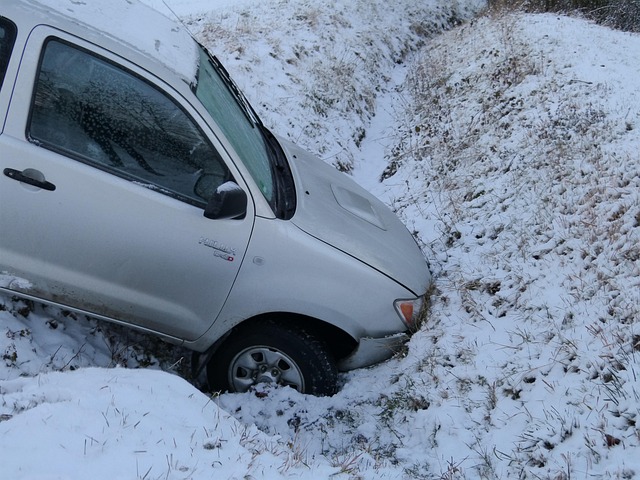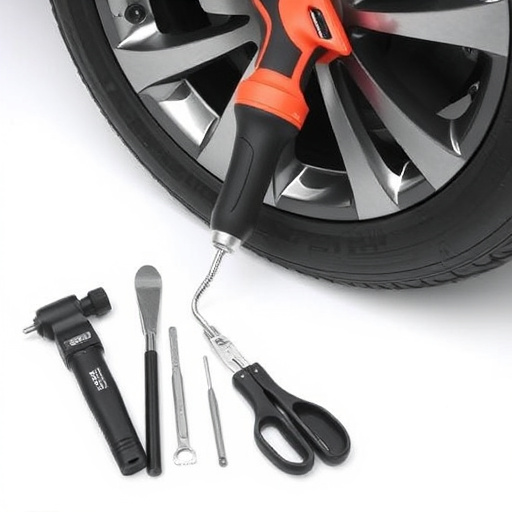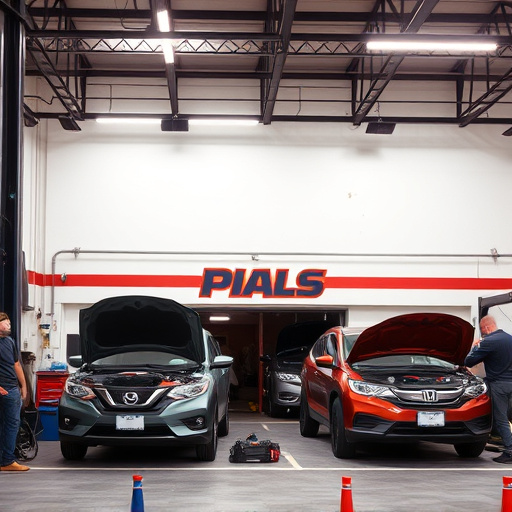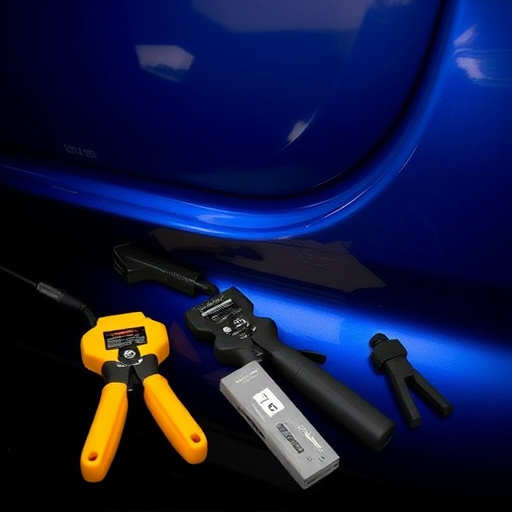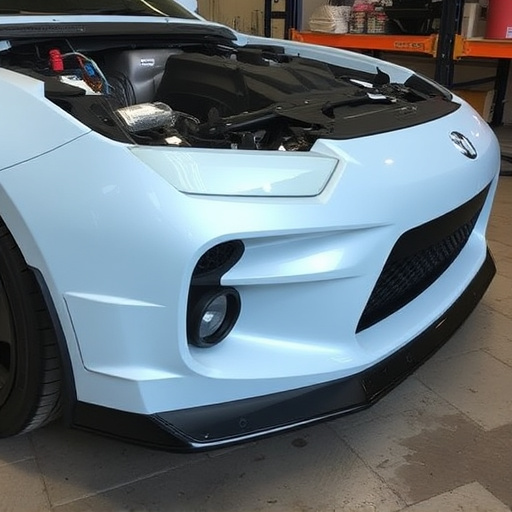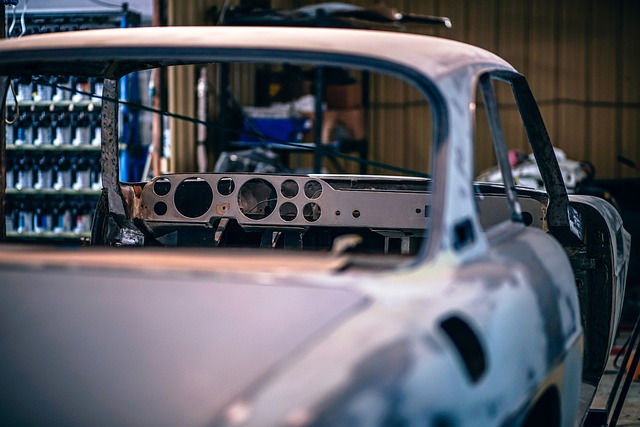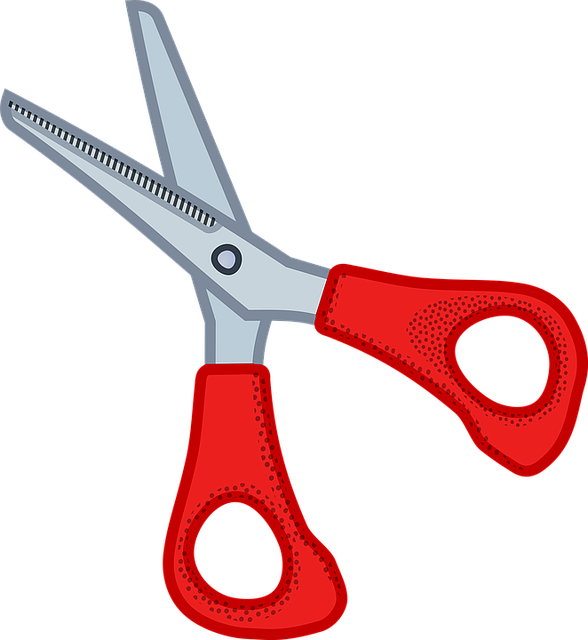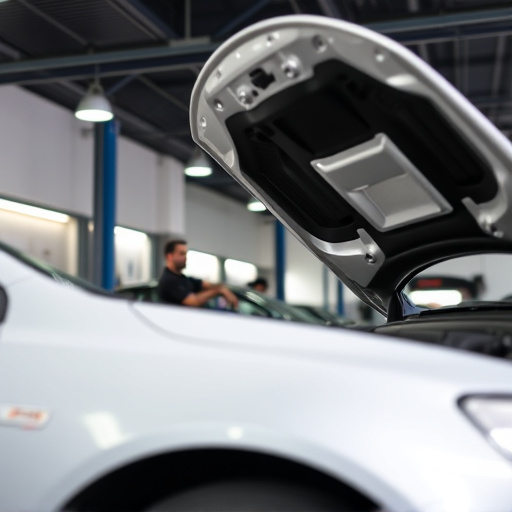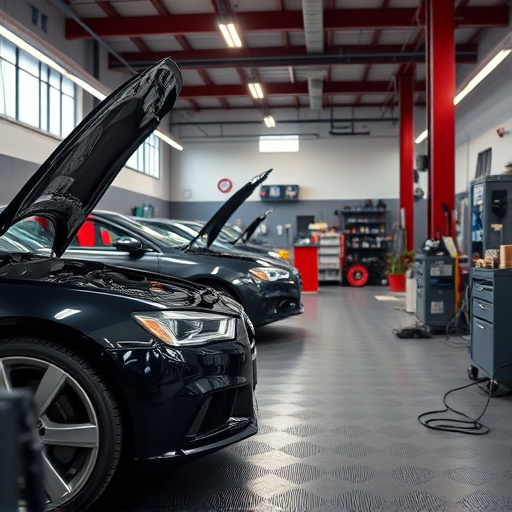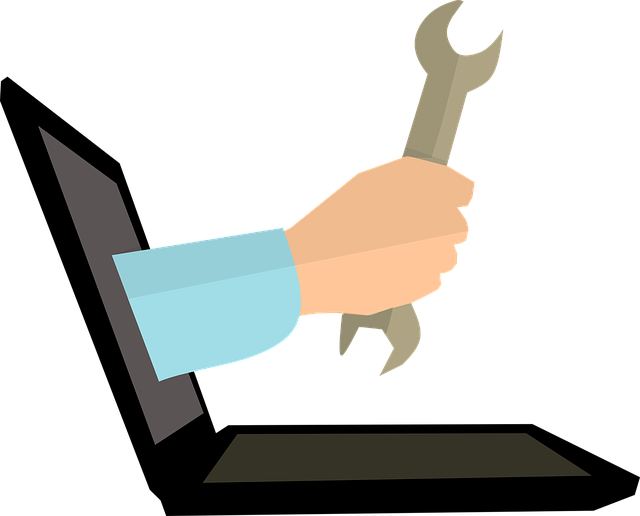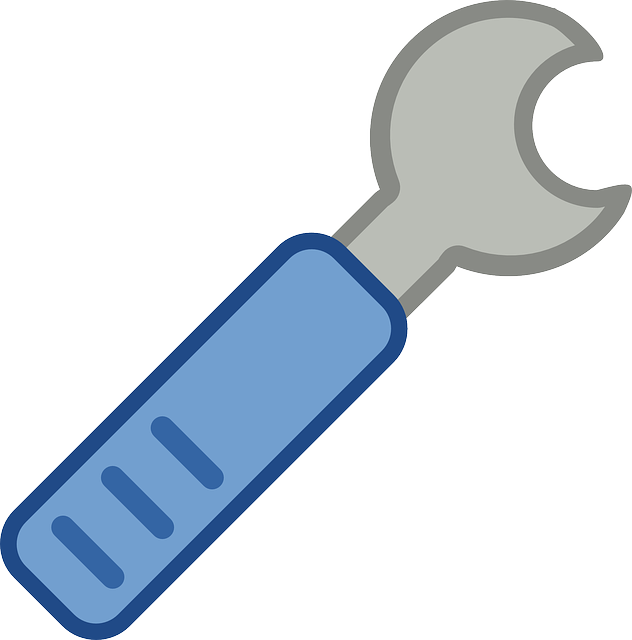Delays in auto body repair (ABR) are influenced by factors like complex designs, specialized parts availability, weather, and labor issues. These delays can lead to backlogs, extended times, and higher costs, impacting customer satisfaction. Streamlining ABR with structured systems, advanced software, open communication, and staff training minimizes these issues, ensuring faster, efficient, and high-quality repairs while managing expectations.
In the fast-paced world of automotive services, minimizing delays in auto body repair is paramount for customer satisfaction. Yet, common pitfalls often slow down the restoration process, leading to frustration and additional costs. This article delves into the root causes of these delays—from material procurement issues to complex damage assessments—uncovering their significant impact on the overall repair journey. We also explore strategic solutions to optimize the auto body repair process, ensuring swift and efficient vehicle restitution.
- Understanding Common Causes of Delays in Auto Body Repair
- The Impact of These Delays on the Overall Repair Process
- Strategies to Streamline and Efficiently Manage Auto Body Repairs
Understanding Common Causes of Delays in Auto Body Repair

Delays in the auto body repair process can be frustrating for vehicle owners, but understanding common causes can help mitigate them. One primary factor is the complexity of the repair itself. Vehicle dent repair, especially when dealing with intricate designs or hard-to-reach areas, requires skilled technicians and specialized tools, which may not always be readily available. Similarly, in case of a severe vehicle collision repair, assessing damage and disassembling parts to ensure thorough repairs can take significant time.
Another frequent delay arises from the availability of replacement parts. Auto body repair centers often depend on suppliers for these parts, and backorders or delivery issues can significantly slow down the process. Additionally, certain specialized components may require custom ordering, adding further delays. Weather conditions also play a role, as adverse weather can disrupt supply chains and impact painting and coating processes critical to vehicle aesthetics in auto body repair.
The Impact of These Delays on the Overall Repair Process
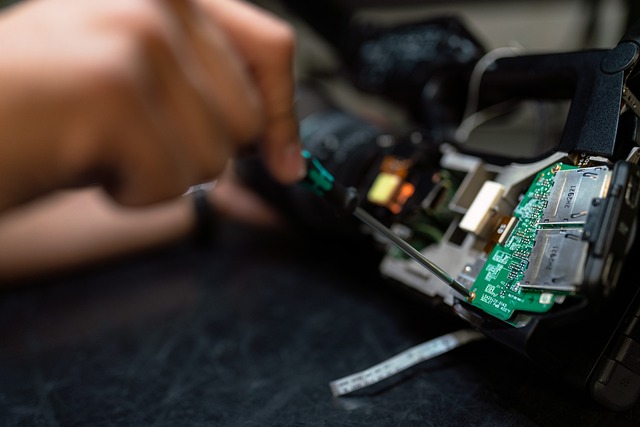
Delays in the auto body repair process can significantly impact the overall efficiency and effectiveness of vehicle restoration. Each stage of the repair, from initial assessment to final inspection, is interconnected, so even minor setbacks can create a ripple effect, causing significant backlogs and extended turnaround times. These delays are often multifaceted, stemming from various factors such as parts availability, labor shortages, complex repairs, or scheduling conflicts within the body shop services.
The consequences of these delays are far-reaching. They can lead to longer wait times for customers, increasing their inconvenience and dissatisfaction. Moreover, prolonged exposure of damaged vehicles to elements can result in further deterioration, necessitating additional repair work and higher restoration costs. Effective management of these delays is crucial for maintaining customer satisfaction, adhering to project timelines, and ensuring the quality of auto frame repair and vehicle restoration services.
Strategies to Streamline and Efficiently Manage Auto Body Repairs

Streamlining the auto body repair process is crucial for ensuring efficient vehicle restoration and customer satisfaction. One effective strategy is implementing a structured system for estimating and scheduling repairs, enabling technicians to prioritize tasks based on urgency and complexity. This involves utilizing advanced software that provides accurate cost estimates and real-time updates, minimizing discrepancies and delays caused by manual calculations.
Additionally, fostering open communication between the repair shop, insurance providers, and customers can significantly enhance efficiency. Clear lines of communication ensure a seamless process from initial assessment to final inspection, reducing time wasted on clarifications or revisions. Regular training sessions for staff on collision repair, auto dent repair, and car scratch repair techniques further contribute to faster turnaround times while maintaining high-quality workmanship.
Delays in the auto body repair process can significantly impact customer satisfaction and shop productivity. By understanding common causes, such as parts availability, labor allocation, and communication breakdowns, shops can implement effective strategies to streamline repairs. Adopting efficient management techniques, investing in technology, and fostering open communication ensure a smoother, faster, and more cost-effective auto body repair process.
